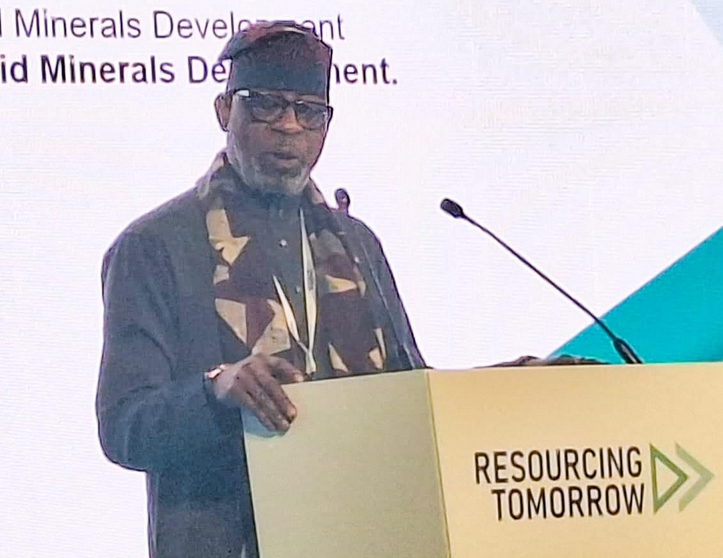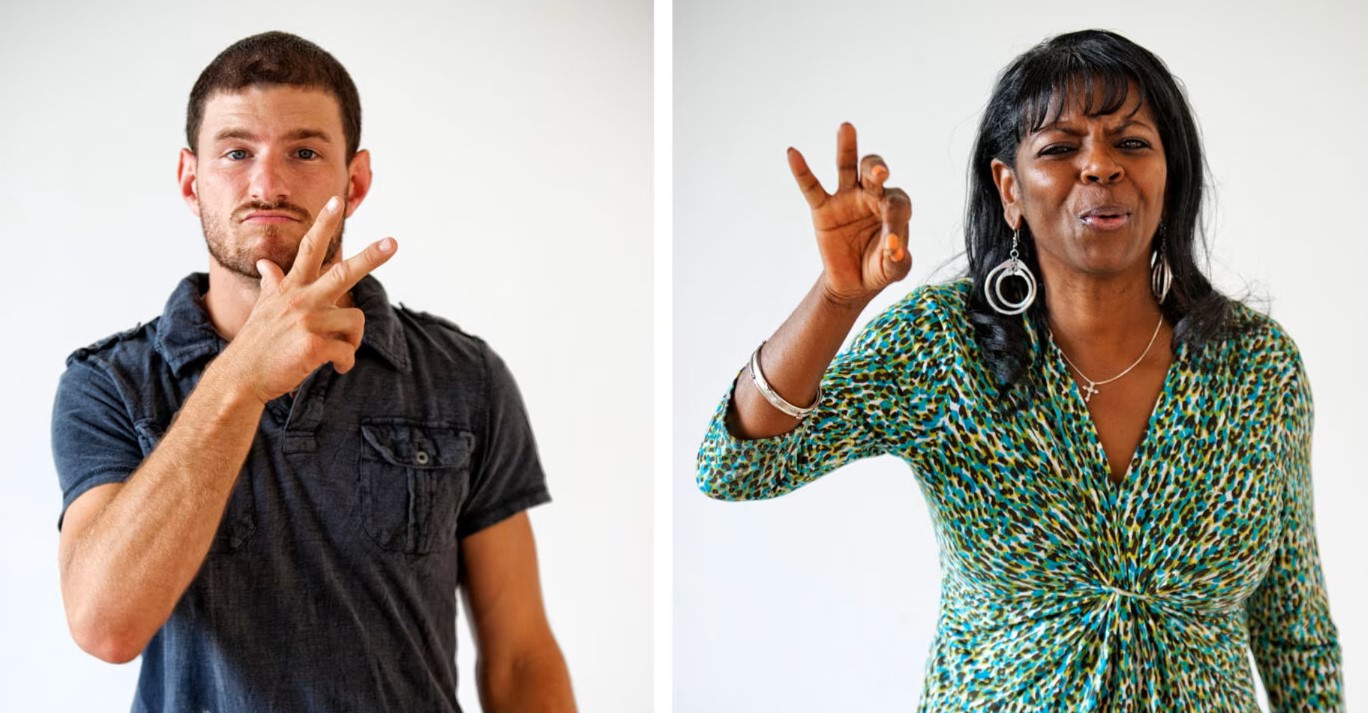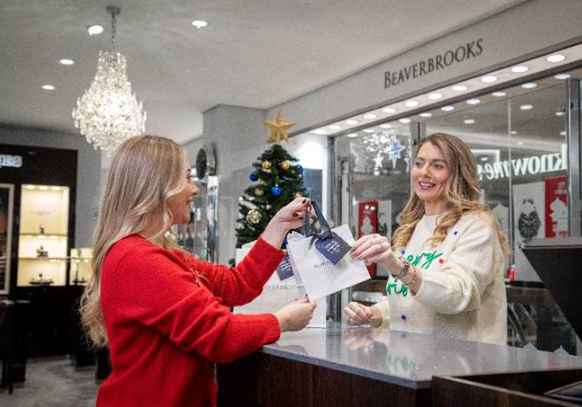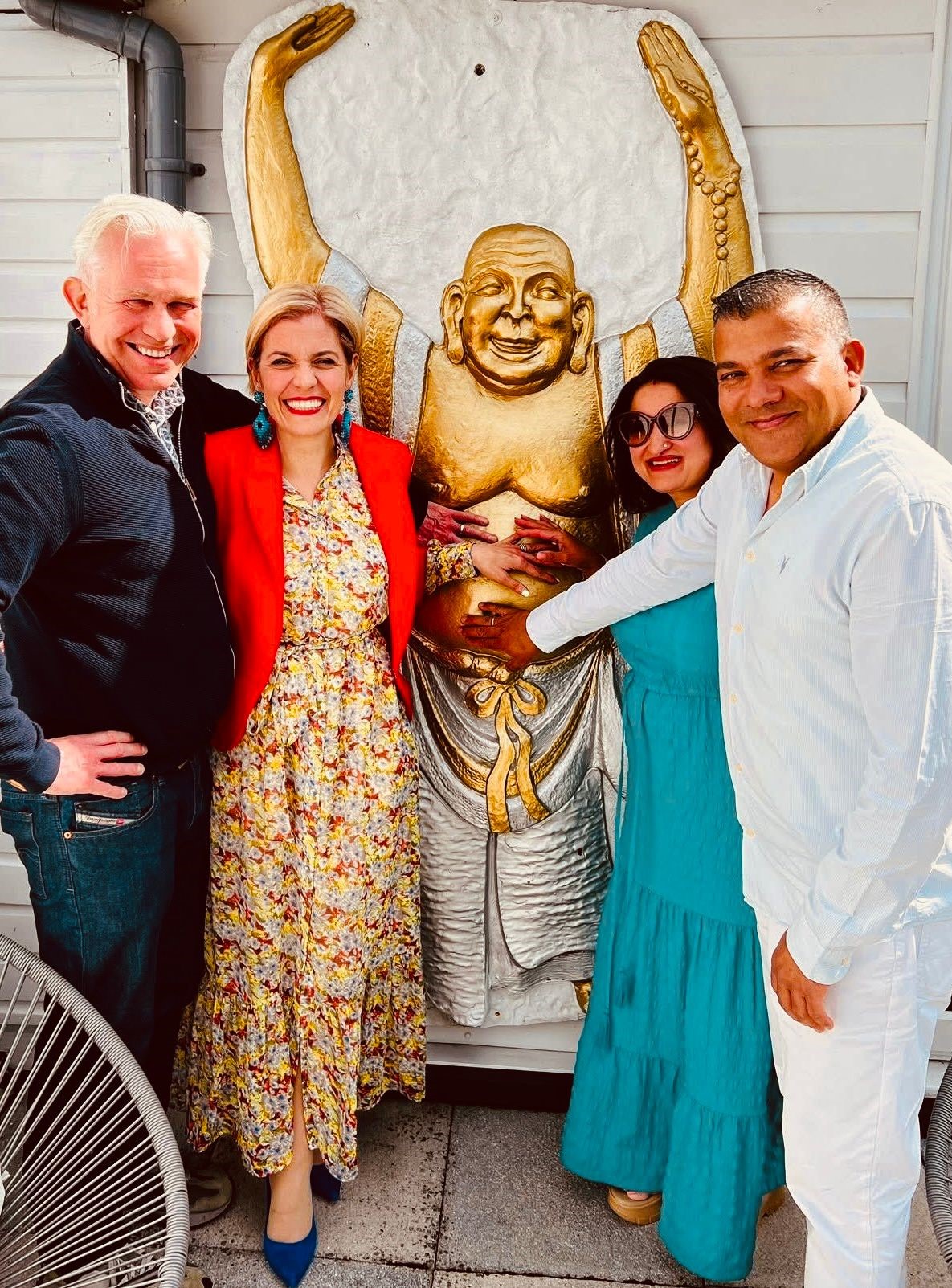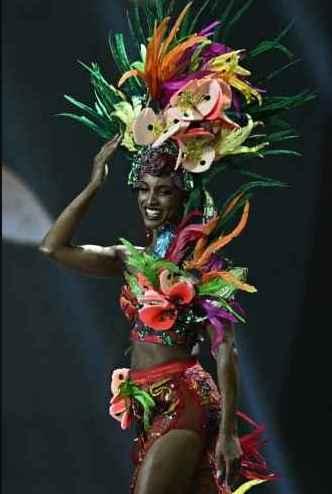Carolyn McCaskill, a Gallaudet University professor and founding director of its new Centre for Black Deaf Studies, has devoted her career to shining a light on Black American Sign Language (Black ASL).
McCaskill, who is deaf, also helped produce the recent documentary Signing Black in America and co-authored a book titled ‘The Hidden Treasure of Black ASL: Its History and Structure’, a compilation of research on Black sign language in the South and the people who use it.
She says Black ASL helps validate the Black deaf community’s sense of who they are — their language, history, culture and experience.
“I want the world to know about us,” McCaskill said through a sign language interpreter. “We have rich culture, rich community and a rich language. And I want to document this. Many of our older Black deaf individuals who really led the language, a lot of them are leaving us, and Black ASL has still survived.” She plans to pass it on to future generations.
While some 500,000 people in the United States use ASL, people communicating in Black ASL use distinct techniques: They take up a larger space with their hand motions and use vivid facial expressions. Their standard repertoire includes phrases most often used by African Americans. There are signs for the popular greeting “what’s up?” and the apologetic “my bad.”
Black ASL was born at racially segregated schools for deaf African American students in the South that were established after the Civil War. Segregation fuelled the development of a separate vocabulary, grammatical features and ways of signing. McCaskill learned Black ASL at the Alabama School for the Negro Deaf and Blind.
Carolyn transferred to the Alabama School for the Deaf after the state integrated its schools in the 1960s. She and her Black classmates struggled to understand signs from their white teachers and classmates. “I’m scratching my head, trying to figure out what’s happening here,” she said.
“Later on, I realized, ‘Oh, OK, they’re signing differently.'” As she familiarized herself with ASL, she pushed Black ASL to the side. But today she uses the two systems, interchanging them based on the situation.
McCaskill sees Black ASL evolving at Gallaudet. The sign for Black person, for example, has been swiping a horizontal index finger across the forehead. But she sees her students form the letter “B” with one hand, swipe it across the forehead with a flourish and lean back.
With the other hand, they also form the letter “B” and swipe it in front of their chest at the same time. Young people are language innovators, said Robert Bayley, a linguistics professor at the University of California, Davis and a McCaskill collaborator.
“All languages and all communities are worthy of respect and study,” he said. “And this is an important community. “


